Top Class Actions’s website and social media posts use affiliate links. If you make a purchase using such links, we may receive a commission, but it will not result in any additional charges to you. Please review our Affiliate Link Disclosure for more information.
When choosing the generic options that are offered for infant Tylenol vs. children’s Tylenol, a few factors come into play, not least of which is the cost. But what creates this cost difference, what distinguishes these options, and ultimately—which should you choose for your child?
Infant Tylenol vs. Children’s Tylenol: Is There a Difference?
First of all, is there actually anything that differentiates infant Tylenol vs. children’s Tylenol generic medications?
Stores offer a generic infant Tylenol option right next to their generic children’s Tylenol option, yet both of these versions contain the same amount of the acetaminophen (the active ingredient) per dose. However, the option specifically labeled for use with infants under the age of two is usually priced higher than the children’s option, sometimes as much as three times the cost.
Today, there isn’t a difference in the amount of medicine contained per dose of generic Tylenol for infants and for children. But for decades, there was actually a significant difference with generic children’s vs. infant Tylenol, creating a serious danger for infants.
Why Is There a Cost Variation?
The cost variation between children’s vs. infant Tylenol goes back to a period of decades when drug companies made infant drops with a significantly more concentrated formula. There was a reason for this difference: it’s not good to give babies a lot of liquid medicine, so the higher concentration helped lessen the amount of liquid you would have to give an infant. And because of that higher concentration of acetaminophen, generic infant’s Tylenol was priced higher.
Inma Hernandez of the University of Pittsburgh School of Pharmacy told NPR that at that time, generic Infant’s Tylenol was three times more concentrated, and the price was five times higher per milliliter.
But when parents didn’t realize this concentration difference, or mistakenly used the wrong measurements, infants got sick and, in some tragic cases, even died from acetaminophen poisoning due to what was essentially an overdose.
In response, the U.S. Food and Drug Administration (FDA) warned parents about these risks and urged makers of acetaminophen for children and infants to make their products safer. Johnson & Johnson responded by making infant Tylenol the same concentration as children’s Tylenol. Manufacturers of generic acetaminophen options followed suit. This new dosage standardization began in June 2011 and has remained consistent ever since.
But even when these manufacturers changed the concentration of the acetaminophen in their products, they didn’t change the prices.
In some cases, the bottles of infant’s Tylenol options are manufactured differently, such as with a sturdier bottle or the inclusion of a dosing syringe instead of a plastic cup. But Hernandez says that this isn’t enough to make up for that price difference.
“The cup versus the syringe doesn’t really explain the price difference in my opinion,” Hernandez told NPR. “They’re really cheap because they’re just plastic. When we think of what’s expensive in a drug, it’s actually the active ingredient, and the preparation of that active ingredient in the formulation, not the plastic cup or the syringe.”
 Infant Tylenol vs. Children’s Tylenol: Which Product Should You Buy?
Infant Tylenol vs. Children’s Tylenol: Which Product Should You Buy?
Ultimately, according to pediatrician Ankoor Shan from the Children’s National Health System in Washington, D.C., the packaging and dosing are “not parent-friendly.” And the risks, he says, are substantial, so getting that dosing right is extremely important.
“When you start giving more acetaminophen than recommended, there are serious side effects that could happen.”
The most important factor is for adults to know how much acetaminophen they should be giving children, and if a particular type of packaging, a special dosing syringe, or something else makes that simpler, choosing to pay more money for the same amount of product is their prerogative.
But in some cases, consumers aren’t aware what exactly they’re buying, assuming the price difference is still because of a difference in concentration, or that generic children’s Tylenol can’t be used for infants. In this case, retailers of these generic drugs may be using deceptive practices to sell the same drug at a higher price without fully informing consumers about the reason for the price difference.
How to Respond to Deceptive Pricing
A number of retailers may be engaging in the deceptive practice of pricing their acetaminophen options for infants much higher than is reasonable. Some retailers may market infants’ acetaminophen as “for ages 2 to 3 years,” as opposed to their children’s acetaminophen marketed for “2 to 11 years.”
Retailers that engage in this kind of deceptive pricing may include, but are not limited to, the following:
- Target
- Publix
- Ralph’s
- Walmart
- Rite Aid
- Dollar General
- Others
Johnson & Johnson reached a $6.3 million class action settlement over deceptive packaging and advertising for its Infant Tylenol. According to the mislabeling lawsuit, the pharmaceutical giant packaged its Infant Tylenol in such a way that it made consumers believe it was uniquely formulated for consumption by infants, and therefore not interchangeable with Children’s Tylenol, despite the fact that both products’ contents have the same amount and concentration of liquid acetaminophen. On top of the settlement award money, Johnson & Johnson also agreed to “use reasonably diligent efforts to modify the packaging of Infants’ Tylenol and commit to educating and informing consumers.”
If you have purchased generic acetaminophen that was marketed specifically for infants, you may be able to join this class action lawsuit investigation.
Filing a lawsuit can help provide compensation for the monetary loss caused by the difference in value between these products, as well as help hold drug manufacturers and retailers accountable for the way they package and advertise their products.
Pursuing litigation can be a daunting prospect, so Top Class Actions has laid the groundwork for you by connecting you with an experienced attorney. Consulting an attorney can help you determine if you have a claim, navigate the complexities of litigation, and maximize your potential compensation.
Join a Free Infant Acetaminophen Class Action Lawsuit Investigation
If you purchased acetaminophen marketed specifically for infants, you may qualify to join an infant acetaminophen class action lawsuit investigation.
This article is not legal advice. It is presented
for informational purposes only.
ATTORNEY ADVERTISING
Top Class Actions is a Proud Member of the American Bar Association
LEGAL INFORMATION IS NOT LEGAL ADVICE
Top Class Actions Legal Statement
©2008 – 2024 Top Class Actions® LLC
Various Trademarks held by their respective owners
This website is not intended for viewing or usage by European Union citizens.


 Infant Tylenol vs. Children’s Tylenol: Which Product Should You Buy?
Infant Tylenol vs. Children’s Tylenol: Which Product Should You Buy?


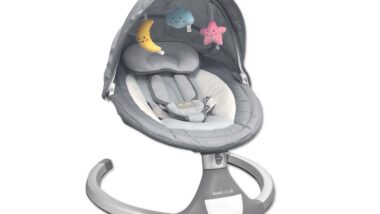

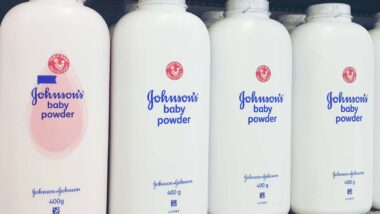
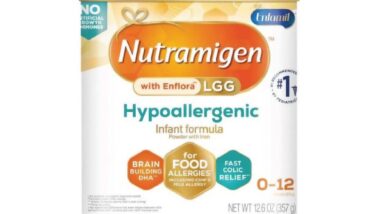
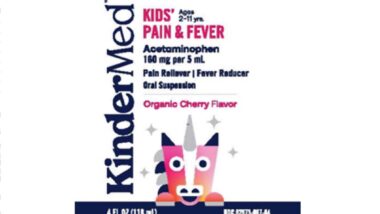
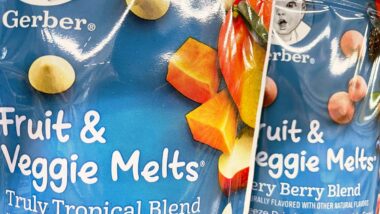
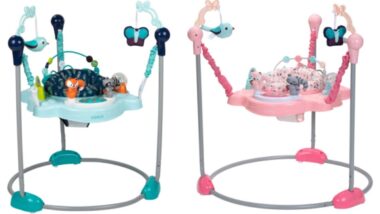
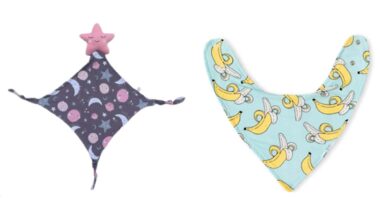
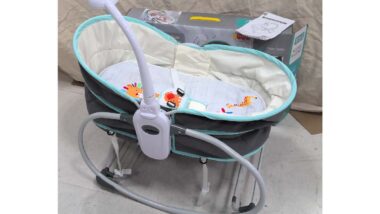
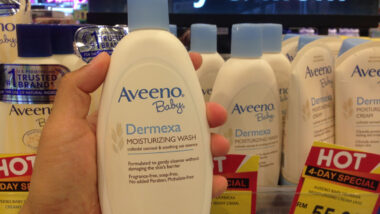
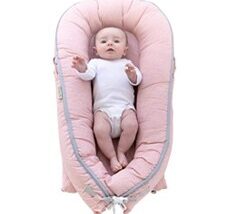
4 thoughts onInfant Tylenol vs. Children’s Tylenol: Why is There a Cost Difference?
Add me I’ve bought this several times as part of baby shower gifts.
Add me please
please add me
Add me